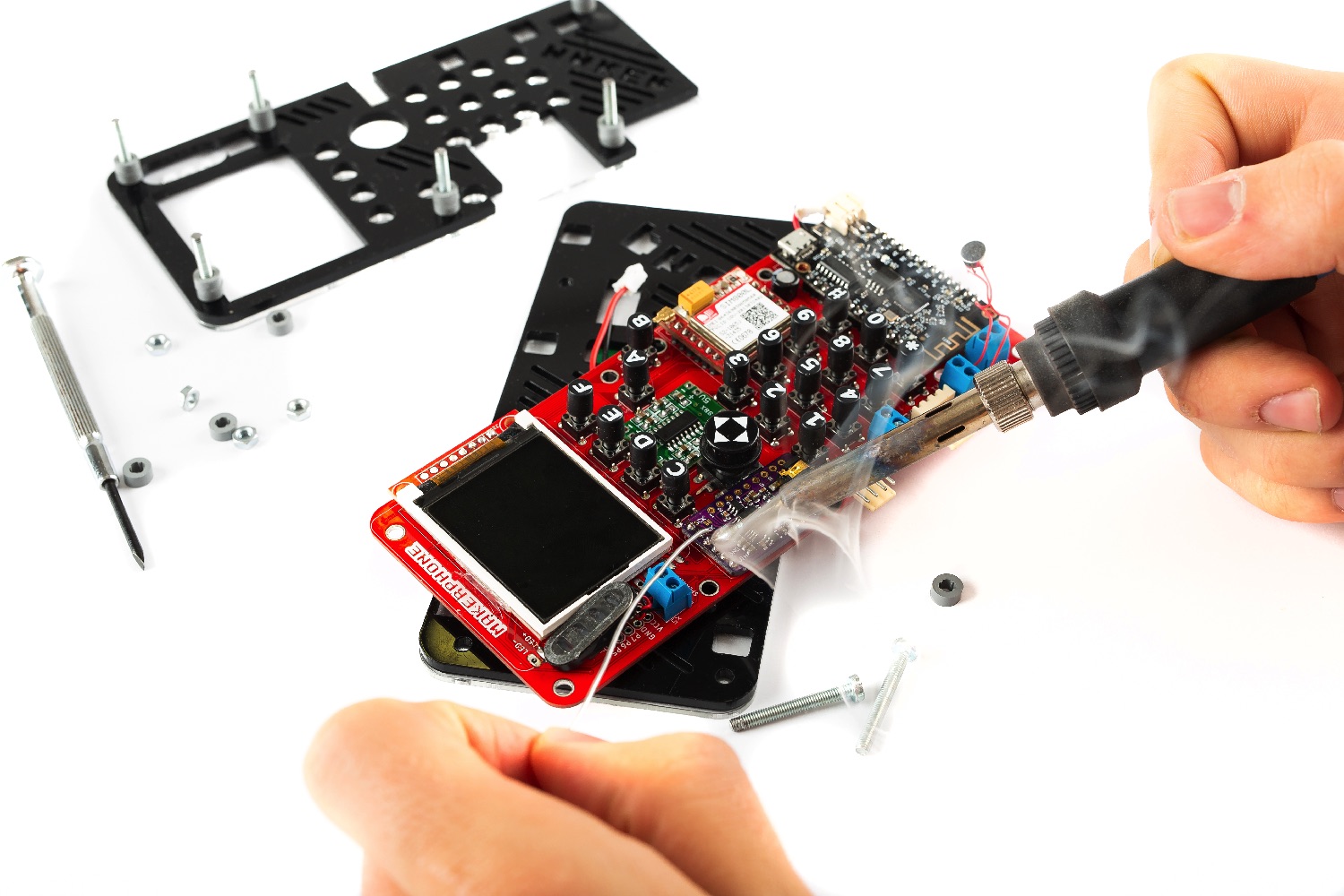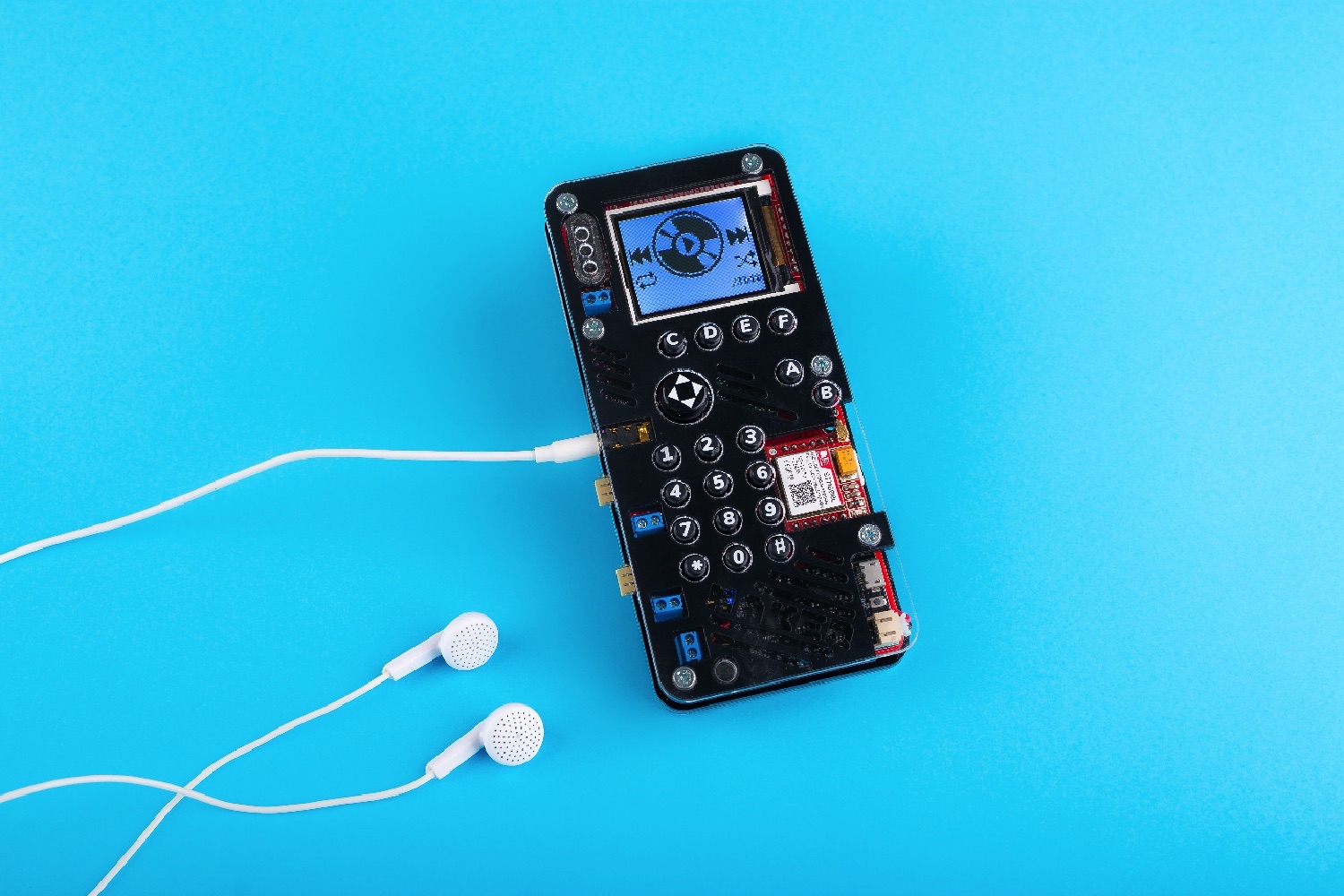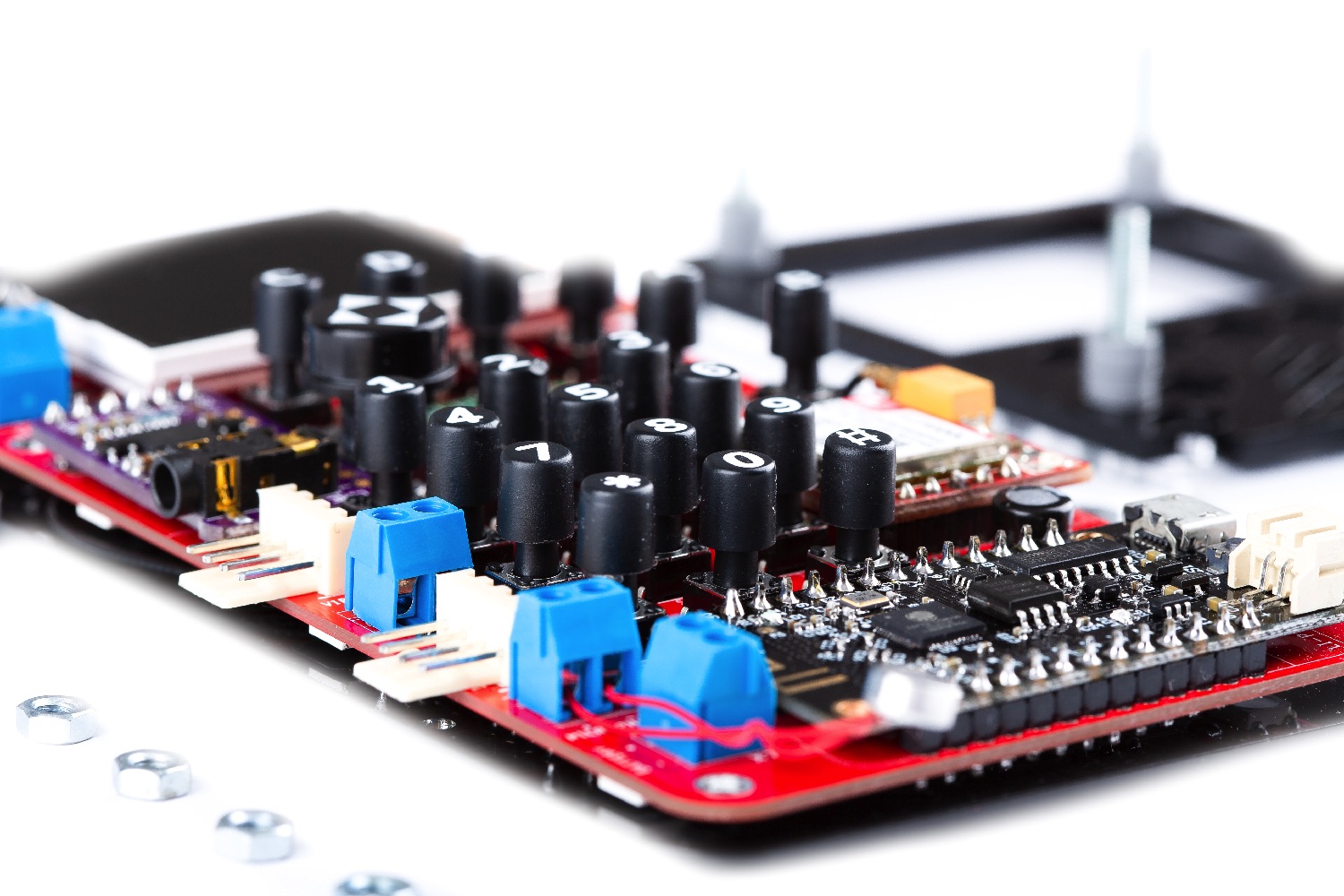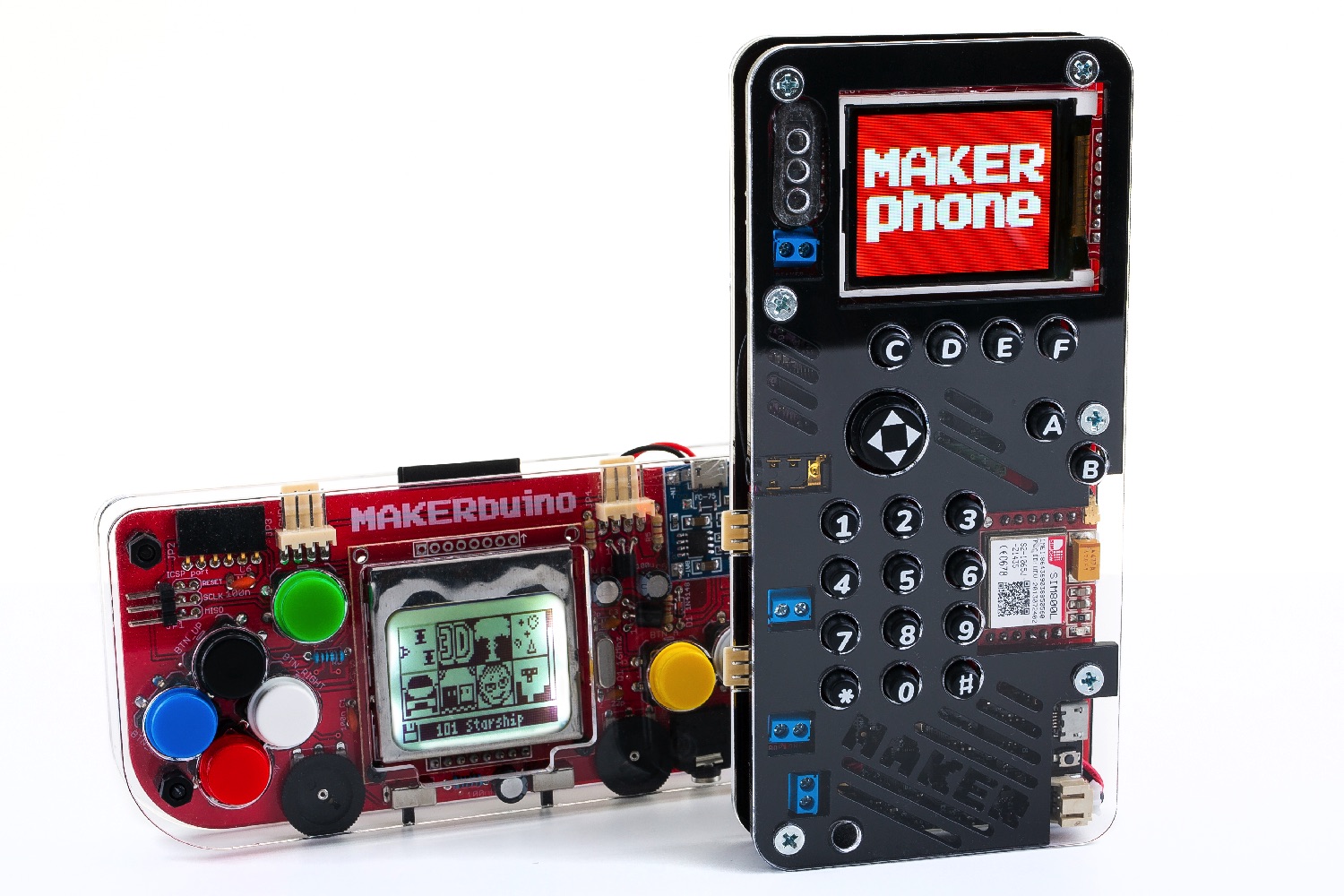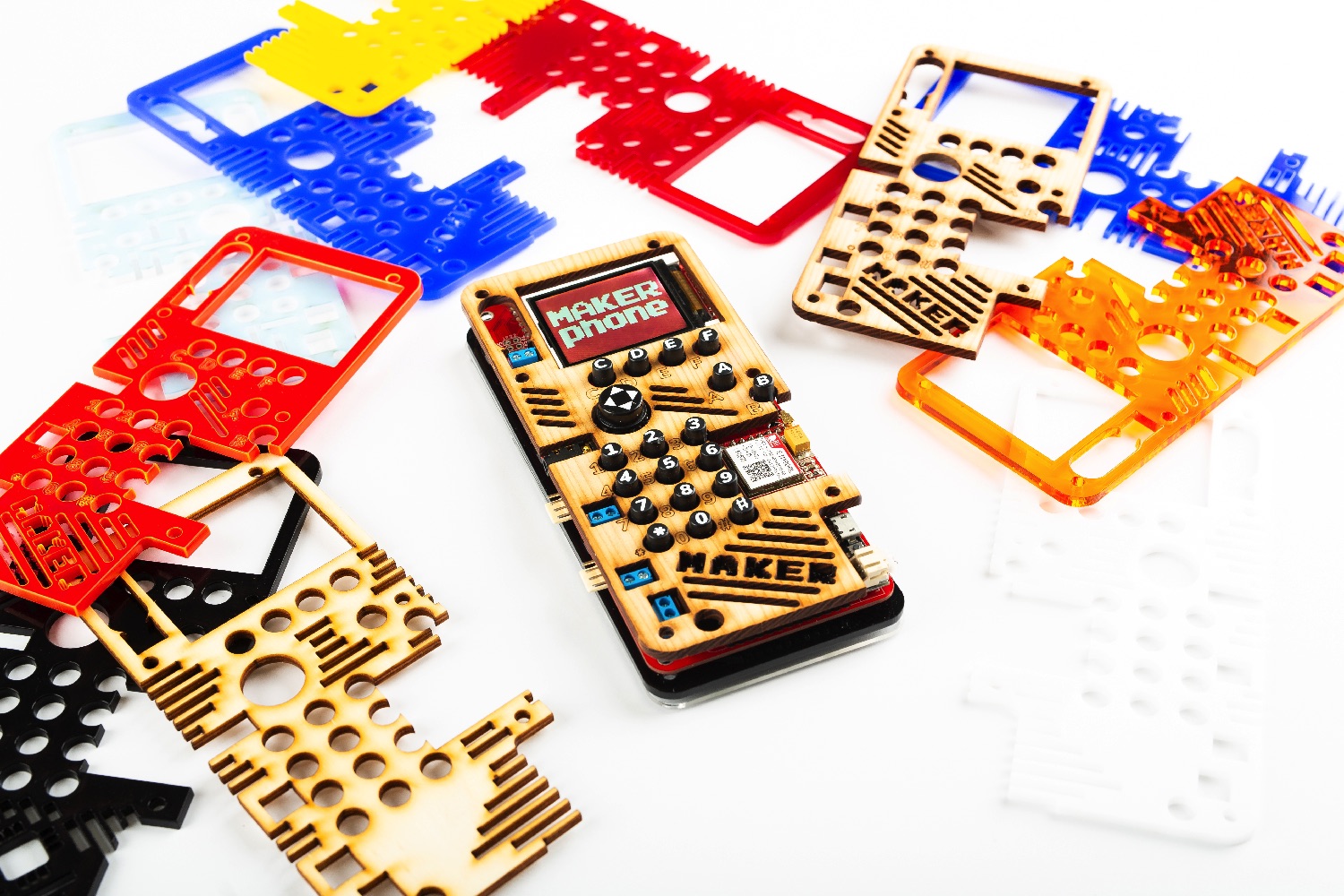With upward of a billion units sold, owning an iPhone is no longer a way to mark you out as a member of the phone-owning elite. Nor is having the latest Samsung flagship. You know what would garner admiring glances from fellow smartphone geeks, though? Building a functioning, limited-edition phone with your own hands.
That is exactly what makes MAKERphone special. Well, that and the fact that, while building your own DIY handset, you will get a crash course in electronics and coding. It’s the brainchild of 20-year-old Albert Gajšak, a young engineering-minded entrepreneur who previously created Makerbuino, a build-your-own 8-bit handheld games console. With his previous project raising 10 times its funding goal on Kickstarter, Gajšak has settled on phones as the next product people would likely enjoy piecing together.
“The idea for a DIY mobile phone was actually born before MAKERbuino’s campaign; we just weren’t skilled enough to make it happen,” he told Digital Trends. “We opted for a phone as a MAKERbuino successor since we wanted to bring electronics to people using a general concept that everyone understands. And there is nothing as general and common as a mobile phone, since everybody has one.”
The Arduino-based Makerphone comes as a kit, with everything you need to assemble it. There is a circuit board, dual-core processor, GSM module, 128 x 160 pixel LCD screen, sound module, and antenna. In terms of what you can do with it, it won’t compare with the latest top-of-the-range flagship smartphone, but it can make calls, send text messages, and give you the ability to code your own games in. Oh, and it has a custom media player app that only plays cat videos.
“Based on our experience, an 11-year-old kid should be able to assemble their own Makerphone with a tiny bit of help from an adult,” Gajšak said. “Despite it being a much more complex compared to Makerbuino, Makerphone is actually more intuitive and easy to assemble. No specific expertise is needed, just enthusiasm and interest in technology.”
As ever, we offer our usual warnings about the potential risks associated with crowdfunding campaigns. (Although, if it’s anything to go on, Makerbuino shipped as promised.) If you would still like to get involved, however, head over to the project’s Kickstarter campaign, where prices for a Makerphone start at $89. Shipping is planned to take place in March 2019.
Editors' Recommendations
- Your iPhone may be collecting more personal data than you realize
- How often should you clean your gadgets? Probably more than you do
